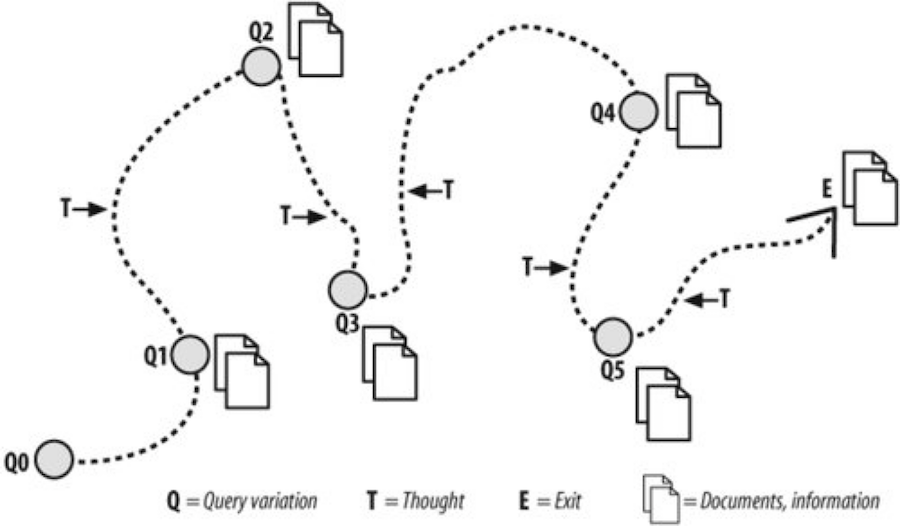A version of this post first appeared in my newsletter. Subscribe to receive posts like this in your inbox every other Sunday.
Much of the time, people don’t know what they’re looking for. To be more precise: they might know what they want but don’t know exactly which terms to look for to find it.
For example, last year, the fiber internet connection in my home suddenly stopped working. My kiddos alerted me that the box where the fiber cable came into the house had been knocked off the wall. I wanted to see if I could fix it myself, but I didn’t know the box’s name, so I didn’t know what to search for.
I started on Google by typing “AT&T fiber white box,” which was as much as I knew at the time. Some results from Reddit showed a photo that looked like my setup. That’s where I learned that this is called an ONT box. With this information, I could run better searches that revealed details about how the ONT works and what I could and couldn’t fix myself, leading to even better searches.
It’s a typical scenario: I started not knowing what exactly to search for, but by the end, I was knowledgeable enough to a) realize I couldn’t address the issue myself, and b) describe the issue adequately to the right AT&T technician. They showed up the next day at my house and fixed the problem, saving me lots of time.
This story illustrates what information scientist Marcia Bates calls the “berrypicking” model of information retrieval: you start with an imperfect understanding; the things you find suggest other terms you might use to find more useful information. As you go along, you learn the vocabulary needed to make even better searches. You repeat the process until your information need is met. (Read Bates’s 1989 paper and check out her interview on my podcast.)

The berrypicking model describes how many people look for information. Often, they don’t know what they’re looking for or how to describe it, so they can’t enter direct queries upfront. They need good “berries” – recognizable labels – that point them in the right direction so they can become more competent finders.
When designing an information system, you need to understand the content you’re organizing and how users understand the subject domain. Sometimes, you’ll deal with expert users with a highly specialized vocabulary. But in most cases, there will be a gap between users’ mental models and expertise and the system’s conceptual structures.
In these situations, you should introduce terms users will find familiar that suggest where they might find the things they need. This is one of the reasons why you should avoid proprietary terminology (e.g., novel marketing terms) in primary navigation structures: at least some users won’t yet know what those terms mean. Much better to show them recognizable terms such as “products” and “services.”
Think of it as strategically planting berries in the environment. As users latch on to these more familiar terms, they’ll build new mental models. Their understanding of the system will grow the more they interact with its information architecture.
Your goal as a designer isn’t to make the system “intuitive”; many systems are much too complex for that. Instead, aim to make the system learnable. That will only happen if users can scaffold new ideas atop ideas they already understand — which requires that you give users recognizable ways in.
